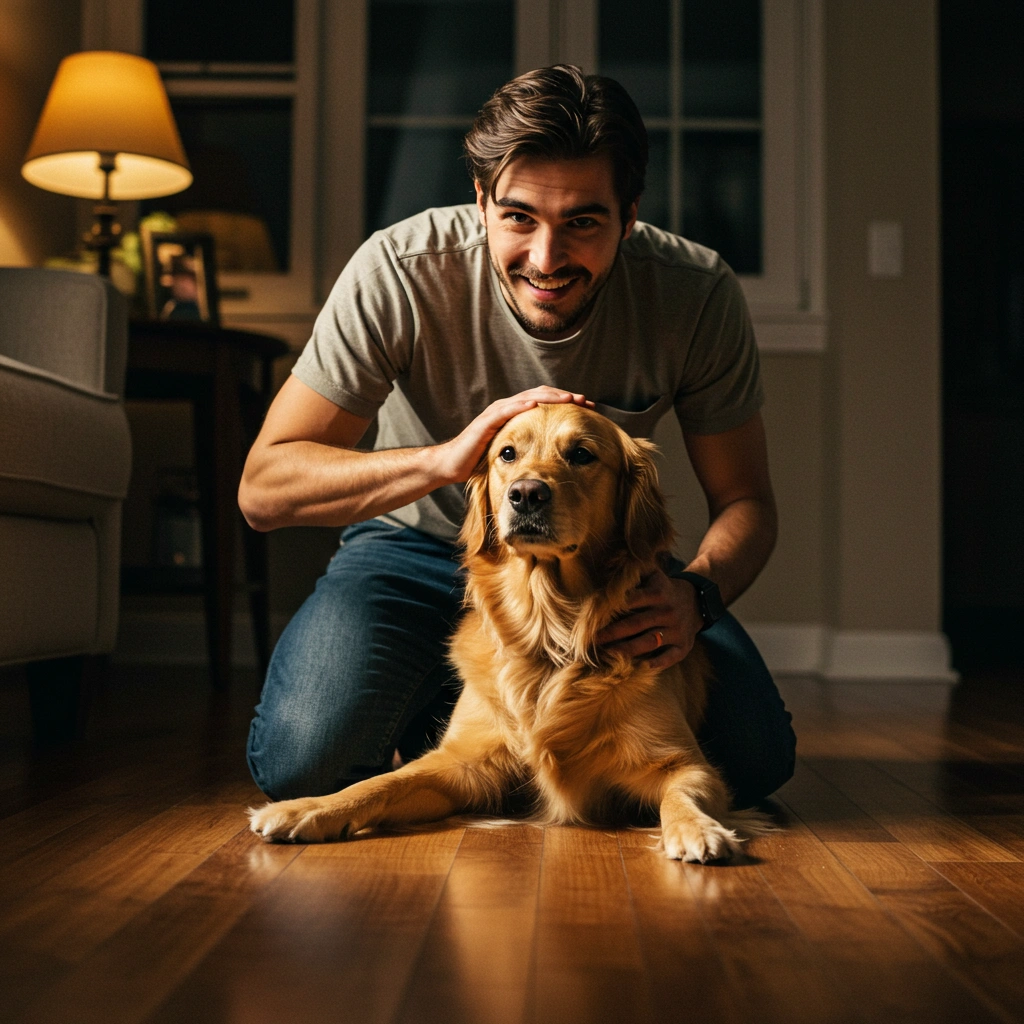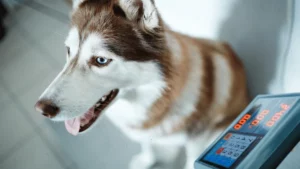What to Do When Your Dog Is Sad?
Have you noticed your dog acting weird lately – and you feel like they’re a bit sad? Unfortunately, dogs can’t articulate their emotional state through words – making their feelings much harder to read than humans.
However, over time, you’ll start developing a bond with your cute little Pawrade puppy – and you’ll probably learn to recognize when they’ve “got the blues.” Every dog has their behavioral traits and body language, and you learn to read it better when you spend a lot of time with that specific pup.
Want some help in recognizing when your dog is sad and learning how to fix the problem? We’ve got a couple of great tips right here, so read on!
How Do I Know If My Dog Is Feeling Sad?
Yes, dogs have feelings, just like people – many of those feelings are similar to ours. Unfortunately, sadness is one of them. Many neuroscientists suggest that dogs experience sadness, emotional pain, and loss much as we do – they don’t have the tools to vocalize and describe them.
However, the fact that dogs can’t talk about their feelings isn’t the only way they differ from us. The jury is still out on whether they cry emotional tears – in other words, tears that aren’t just brought on by physical pain.
Apart from that, there are a few other ways to notice if your dog needs some cheering up:
- Whimpering or whining may come as a shock, but if your dogs start letting out sad, whimpering sounds: they’re most likely unhappy.
- Mopey behavior – when a dog seems unenthusiastic and sad, it’s a logical sign of sadness, especially if they’re doing it around toys, other objects, and activities they generally enjoy.
- Low energy – naturally, we all get tired from time to time. But when you’re sleeping 12 hours a day and still have no energy or enthusiasm for your favorite activities, we commonly conclude you’re depressed. And the same thing is true when dogs exhibit low energy even when they’re well-rested.
- Refusing treats – dogs love food; in most cases, they’ll eat as much of it as you give them. And that becomes even more true if you whip up one of those tasty dog treats designed to be adored by pups worldwide. If you notice your dog is refusing them, something is amiss.
- Different sleep patterns – any behavioral change can signify sadness, mainly for the worse. However, poorly adjusted sleeping patterns are a classic sign that your dog isn’t living their best life right now.
Dog and Human Sadness
To deal with your dog’s sadness effectively, you need to understand it. And for a start, it’s important to note that we can’t know what’s precisely going on in their heads. However, from brain size alone, we could conclude that a dog’s sadness is not as nuanced as ours – but that isn’t necessarily true.
And even if it is, that fact doesn’t make their sadness any less real. However, it does tell us something important – a dog is more likely to be sad due to something they’re experiencing at the moment or an immediate event in their surroundings.
So, when a dog is feeling, there’s a big chance that they’re simply responding to an altered daily routine or brand new surroundings that they’re unfamiliar with. Of course, sadness might also be a misinterpreted symptom of similar emotions– shyness or anxiety.
What Should You Do?
Here’s some good news: one of the differences between human and canine emotions is that dog sadness doesn’t generally occur over a lengthy period! While some scientists think dogs do experience depression and even grief over the loss of their loved ones or human companions – generally, their sadness can be traced back to a specific stressor, and it’s short-lived.
If you think your dog is sad for an unexplained reason and for a long time, a check-up performed by a professional veterinarian is the best course of action.
On the other hand, if their blues are just temporary, there are many ways to lift their spirits by organizing some fun activities! For instance, you could:
- Offer them a treat they love;
- Take them for a ride in the car;
- Organize a playdate with another doggy that they’re fond of;
- Take them for a run, a brisk walk, or another form of lite exercise;
- Remind them of their favorite toy.
It’s essential to respond to their emotional needs without projecting your feelings onto them – remember, dogs and humans are different, and you should treat them as such!
How to Tell If Your Dog Is Sad (And What You Can Do About It)
Most dog owners have experienced the heart-wrenching moment when they realize their pup is sad. Whether they’re missing a family member, experiencing anxiety, or not feeling well, it’s essential to know if your dog is sad and what you can do to help.
If your dog is sad, don’t despair – there are ways to help them feel better. With patience and some TLC, you’ll soon have your happy pup back.
Madame Eyebrows Is The “Saddest Dog on Instagram” (and The Cutest)
Meet Madame Eyebrows, an English bulldog from Germany with a unique look. Her beautiful eyebrows and pouty lip give her the saddest expression all the time, whether she’s playing, sleeping, begging, or just being a goofball.
Conclusion
Bear in mind that while all of these symptoms may indicate sadness – they could also indicate a health issue. If your dog’s low energy or strange behavior persists, the best thing to do is to contact their vet.














